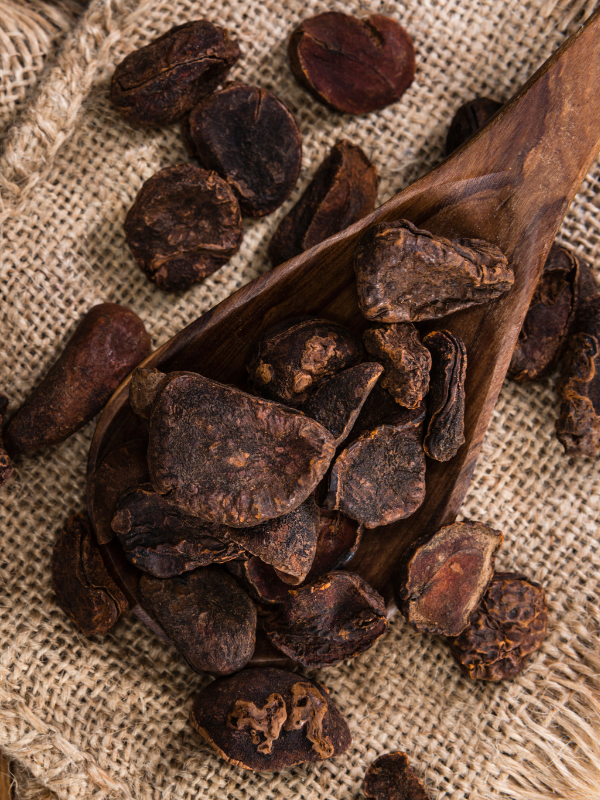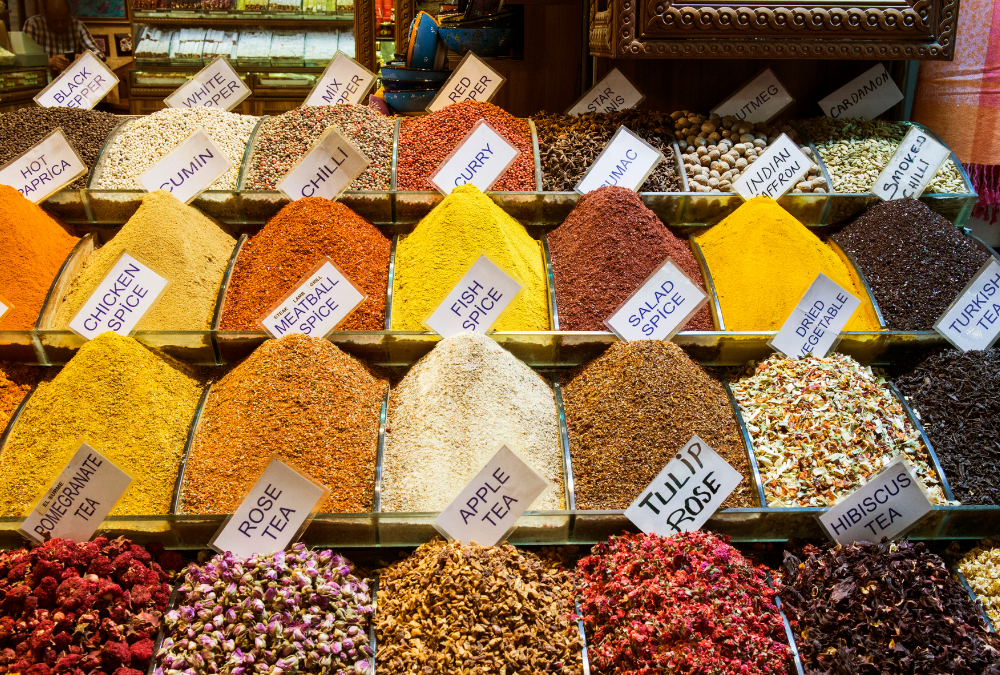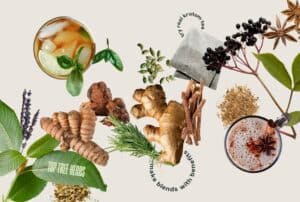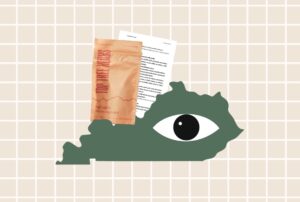Exotic Teas to Fall in Love With
Everyone is familiar with “tea.” It comes from the Camellia sinensis bush that is native to northern India and China. Tea made from this bush comes in a number of varieties: green, black, and oolong being the most common. Most of us are also familiar with a handful of natural herbal teas.
Examples of these teas include chamomile, lavender, sage, and rooibos. However, we’re not going to talk about any of these commonplace teas. Today, we’re digging into exotic teas!
An exotic tea isn’t a pejorative term. Strictly speaking, exotic means coming from another country. Standard tea and its herbal tea cousins come from a variety of countries, spurred on by global trade. Most of these teas originate from a robust, local tradition of use.
But since many herbal teas have landed in Walmart and other supermarkets, they’ve lost the characteristic allure that exotic implies to many. In the short list to follow, we’ll detail four delightful, functional, and potent exotic teas.
Rare, Exotic, and Interesting “Teas”
As you may know, “tea” can be either an incredibly broad or rigorously specific term. “Tea” may only refer to the hot water beverage made with C. sinensis leaves, argue some.
Others state that a tea can mean any hot water and natural plant beverage. In this post, we’re going to allow decoctions, infusions, tisanes, and more into the category of “tea.”
Because of this broad definitions, the exotic teas to follow have many differences. They all retain, however, the core element of tea.
And by tea, we mean a natural, plant beverage engineered to deliver specific plant molecules to the body while leaving the more unpalatable portions behind.
Ayahuasca
To start off the list, we’ll take a trip to South America. Ayahuasca, or yagé, is a jungle concoction containing two or more plants. At the core of this revered tea is the Banisteriopsis caapi vine. Apart from B. caapi, dozens of plants find their way into the ayahuasca tea recipe.
In the West, the secondary herb is known through pop-lore to be Psychotria viridis, a dimethyltryptamine (DMT) containing leaf. In reality, traditional ayahuasca teas could have a handful of plants without one of them having DMT in it. Ayahuasca as an exotic teas is actually a category of teas!
William S. Burroughs wrote a series of letters to Alan Ginsburg in the early 60s about his travels to South America in search of a visionary brew. Since then, ayahuasca has flourished in the popular imagination.
The tea is decocted by brewing B. caapi vines with P. viridis, or other DMT containing plants together for several hours. However, most commonly, tobacco is the only other ingredient aside from the vine. The tobacco tonic is used for detoxing.
The Ayahuasca ceremony takes place in a setting structured around it. It is common to vomit following consuming ayahuasca. Following the vomiting reaction, an intense, highly visual experience follows. Oftentimes resulting in personal and universal realizations.
Ayahuasca is rapidly becoming vogue. It’s popularity hinges upon the drug experience. In the Amazon, Ayahuasca traditionally fell into more of a hygiene role, used to detox the body of parasites taking residence in the colon. (It should be noted that DMT is illegal in many countries, and we cannot condone illegal activities.)
Kratom
Unlike Ayahuasca, which incapacitates the drinker, kratom may increase the capabilities of whoever drinks it. Native to Southeast Asia, kratom is the leaf of the Mitragyna speciosa tree. Kratom tea has been around for centuries.
Farmers and laborers are typical kratom drinkers. Those who do hard physical labor in the hot, tropical climate find that it energizes them and reduces the weariness of their toil.
Unlike a lot of energizing teas, kratom contains no caffeine whatsoever. In the West, many have found that alternating caffeinated beverages with kratom allows for sustained energy without the gradual need for more caffeine as time goes on.
The art of kratom tea hasn’t yet made it to America. Instead of brewing it into a pleasant tasting tea, most Americans who consume kratom simply swallow the raw leaf matter.
Brewing kratom tea is a simple process, especially since kratom tea bags are now available. To make tea, all you need is boiling water, a thermos, and some lemon juice. Mix the lemon juice and the tea bags together in a thermos. Add boiling water and cap the thermos. Leave the tea to steep for 20 minutes before serving.
You can enjoy kratom alone to help with productivity. Or, drink it in social settings such as the rapidly kratom based public space. Throughout the United States and Europe, kava and kratom “bars” are appearing that serve this traditional tea beverage to millions of eager customers.
Yaupon
In North America, long before colonists arrived on ships from Europe, the native people enjoyed a stimulating beverage called yaupon. Yaupon are the leaves of the Ilex vomitoria shrub, a member of the holly family. Yaupon leaves are the second most potent natural source of caffeine besides the coffee bean.
In pre-colonial times, yaupon, or the “black drink” was drunk by the Choctaw, Cherokee, Creek, Seminole, Alabama, Karankawa and Natchez of the south-eastern US. To make it, they roasted the leaves of the I. vomitoria over a fire until dry.
They added water and brought the mixture to a boil. The highly caffeinated brew had many traditional and ceremonial uses. During intertribal meetings or great ceremonies, youpon was drunk for days straight to accompany the revelry and induce euphoria. (Voogelbreinder, Garden of Eden)
Today, yaupon is only beginning to emerge as a commercially available beverage. Its use spots history, with reports suggesting that confederate soldiers used it as a C. sinensis tea substitute. Yaupon has an earthy flavor, but lacks a strong bitterness due to the absence of tannins in its leaves.

Cola acuminata
The Cola (Kola) nut, or Cola acuminata, is a nut found in West Africa. There it is commonly chewed or brewed into a tea. Its popularity seeps into everything from economy to mythology. In fact, the reasoning behind man having an Adam’s apple is credited to the cola nut.
Long ago, the myth goes, the Creator walked Earth while chewing cola nut. The Creator drops a piece, which was spied on by a man, and despite a woman warning him not to take it, he did.
He chewed the nut, but was quickly reprimanded by the creator, who stole the nut from his mouth by grabbing his throat. Leaving man, ever after, with a protracted larynx. (Voogelbreinder, Garden of Eden)
The cola nut contains caffeine, which is responsible for the energy that chewing it or drinking the tea provides. It has a pleasant flavor, and is often used as a flavoring agent around the world. In fact, it is, or was, a key ingredient in Coca-cola.
The C. acuminata is a forest tree. It can grow up to 22 meters tall, and is sometimes cultivated. The cola nuts, when not used to make a tea, can be used in divination or as tokens of affection given to friends or lovers.
Exotic Teas to Drink Before You Die
Do not get us wrong, we love a classic C. sinensis tea. However, with the millions of plants and deep naturalistic traditions throughout the world, there is no reason to not give other teas a shot. Each beverage has its own time and place, and increasing your knowledge of all that is out there will only empower you to make better decisions in the future.
For example, there may be times when you need more energy to finish a task or some homework. However, given how long caffeine stays in your system, drinking a caffeinated beverage may negatively affect your sleep.
Drinking kratom tea instead would be a smart alternative, as the effects of kratom tea do not last as long. Many people report being able to sleep on kratom, and in fact, some may use larger servings of kratom tea specifically as a bedtime tea.
If you thought drinking regular tea made you a hipster, wait until you finally brew one of these more exotic teas. If you are interested in more information regarding traditional brews that are relatively unknown today, check out Snu Voogelbreinder’s opus Garden of Eden.





